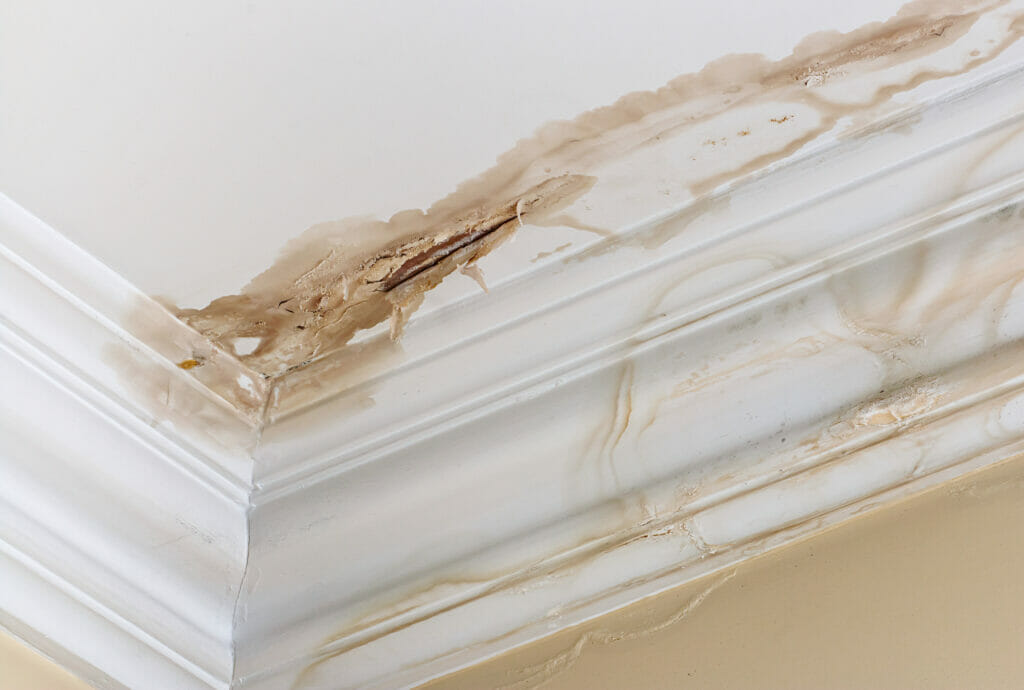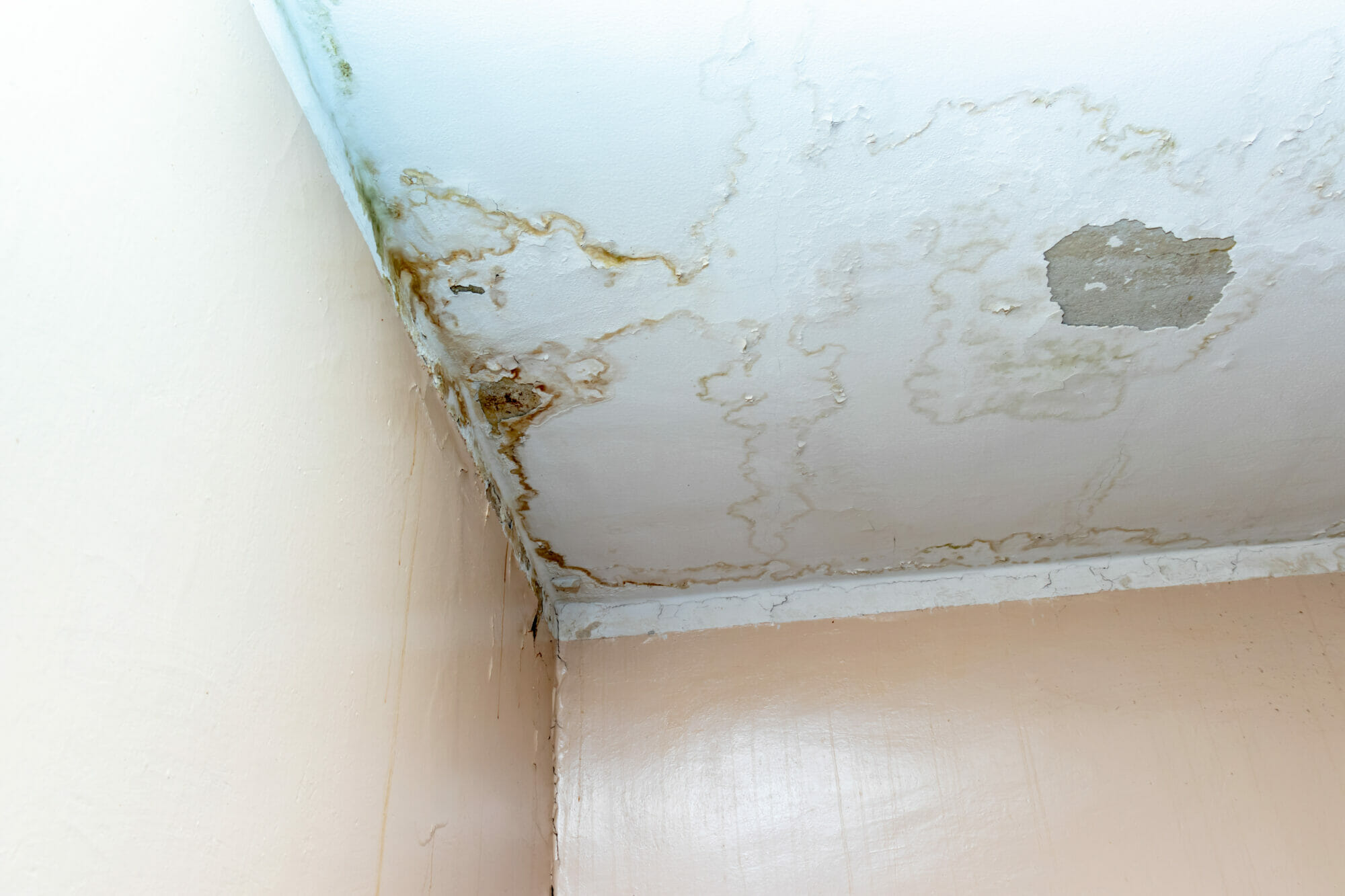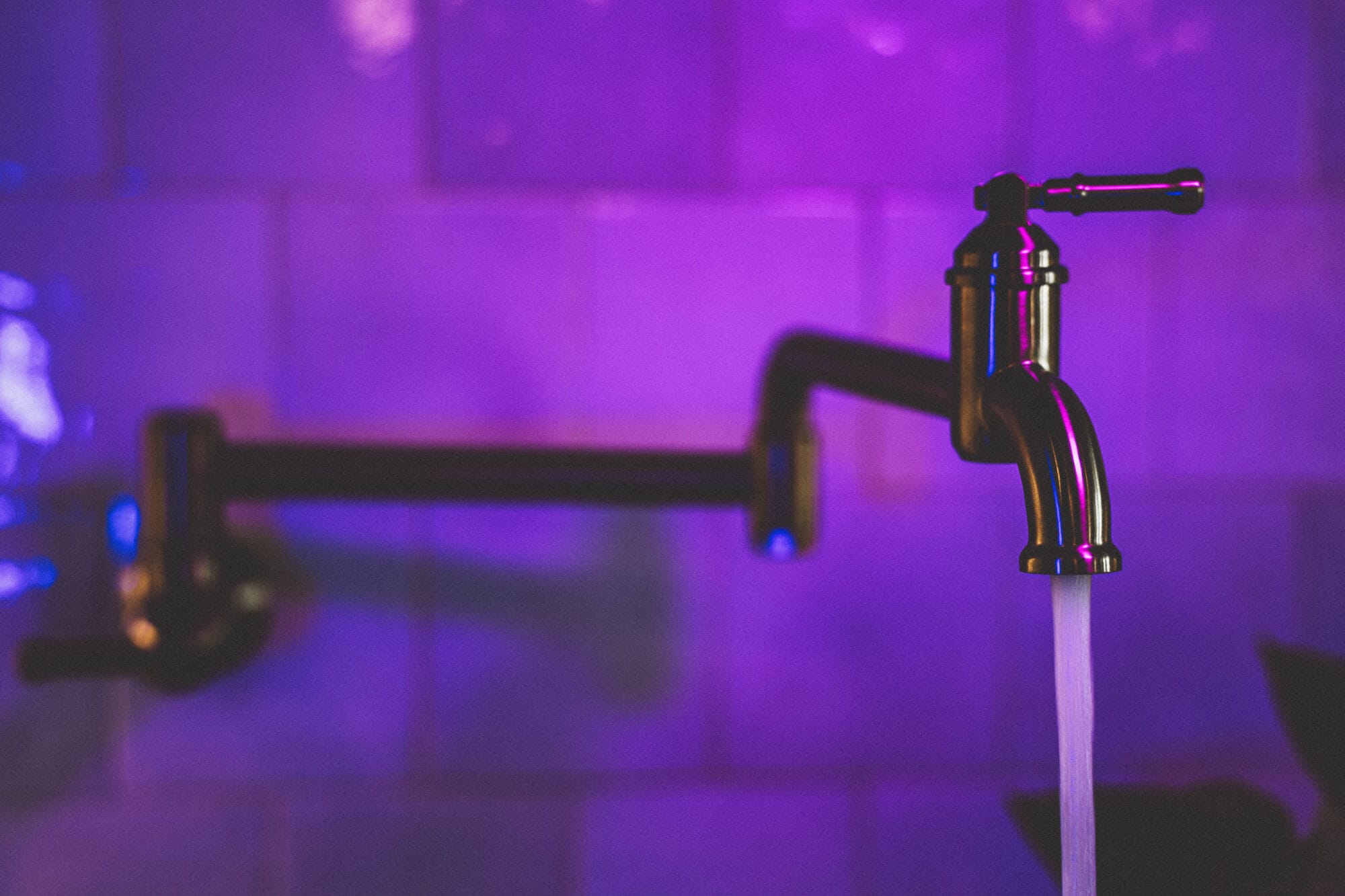A ceiling leak is a homeowner’s nightmare, a persistent nuisance that not only disrupts the tranquility of your home but also poses a significant threat to your property. This issue is far from a mere inconvenience; it’s a ticking time bomb that demands immediate attention. The water leaking from your ceiling may indicate a more significant problem, such as a roof leak or a plumbing issue.
The source of the leak may be elusive, concealed behind layers of drywall and insulation. It could be a tiny hole in the ceiling, barely noticeable, or a more substantial defect. The leak may be a slow, steady drip that’s easy to overlook until you notice the damage it’s causing. Or it could be a sudden, unexpected deluge that’s impossible to overlook.
Understanding the potential causes of a ceiling leak, knowing how to address it, and recognizing when it’s necessary to call in professional help can save you from a world of stress, not to mention potential repair costs. This knowledge equips you to act swiftly and effectively, minimizing damage and restoring your home to its dry, comfortable state.
Deciphering the Ceiling Leaks
A ceiling leak is more than just a blemish on your home’s aesthetics; it’s a telltale sign of water intrusion that could hint at a more extensive, hidden issue. Ignoring this sign is not an option. Left unaddressed, a ceiling leak can escalate into severe water damage, compromising the structural integrity of your home and fostering harmful mold growth.
Common Triggers of Ceiling Leaks
The usual culprits behind ceiling leaks are issues with the roof or plumbing. Pinpointing the exact source of the leak can be challenging, but it’s a crucial step toward an effective solution.
The location and timing of the leak can provide valuable clues. For instance, if you notice water coming from your ceiling during or after a rainstorm, the leak is likely coming from a roof issue. Conversely, if the water leaks from your ceiling consistently, regardless of the weather, it might indicate a plumbing problem.
Understanding these common triggers and fixing a ceiling leak can save you from trouble. Whether it’s a minor leak in the ceiling or water pouring from the ceiling in torrents, knowing how to address the issue promptly and effectively is critical to maintaining the health and safety of your home.
Tackling a Ceiling Leak: A Step-by-Step Guide
When you notice a ceiling leak, immediate action is necessary. Here’s a step-by-step guide on how to handle it:
- Catch the water: Place a bucket or pan under the leak to prevent water damage to your floor.
- Control the water flow: If the water is pooling in the ceiling, you can puncture the bulge with a screwdriver to drain the water and prevent further damage.
- Repair the source of the leak: Depending on the cause, this might involve patching a hole in the roof, replacing shingles, or fixing a pipe.
- Repair the ceiling: Repair the ceiling damage once the leak source is fixed. This might involve replacing drywall, repainting, or retexturing.

When to Call a Professional for a Leaking Ceiling
While some leaks might seem manageable with a DIY approach, others require professional intervention. If the leak results from a roofing or complex plumbing problem, it’s advisable to call a professional. Experts in the field come equipped with the necessary tools and knowledge to effectively diagnose and rectify the situation, preventing further damage and water spots from appearing.
Pros and Cons: DIY vs. Professional Repair for Ceiling Leaks
Both DIY and professional repair have their own set of advantages and disadvantages. A DIY repair can save you money, but if you lack the necessary skills or tools, it might not effectively fix the problem. On the other hand, professional repair can be more costly, but it ensures the job is done right, preventing further water dripping from the ceiling.
- If you notice water dripping from your ceiling, the first step is to contain the leak. If water leaks from a light fixture, turn off the electricity at the breaker and call a professional plumber immediately.
- Next, try to determine where the leak is coming from. If the ceiling leaks only during or after rain, it’s likely a roof issue. If the ceiling is constantly leaking, it could be a plumbing problem. Look for signs of a leaking ceiling, such as water spots or mold. If you can safely access your attic, you might be able to see water stains or mold on the ceiling joists, which can help you locate the leak.
If the leak is small and you feel comfortable doing a DIY fix, you can try to repair it yourself:
- First, drain the leak by poking a small hole in the ceiling with a screwdriver. This will relieve water pressure and prevent the entire roof from becoming saturated with water.
- Then, place a bucket underneath the leak to catch the water.
If the leak is due to a plumbing issue:
- Turn off the water supply to prevent further water damage.
- If it’s a roof leak, you’ll need to call a roofing professional. Roof leaks can be difficult to fix because the leak in your ceiling might not be directly underneath the leak on the roof due to how water can travel down roof joists.
Remember, it’s essential to fix a leak as soon as possible to prevent further damage and potential mold or mildew growth. Even if you can contain the leak with a DIY fix, it’s still a good idea to call a professional plumber to ensure the underlying issue is addressed correctly.
Proactive Measures to Ward Off Ceiling Leaks
Prevention is always the best strategy. Regular roof maintenance, keeping gutters clean, and checking plumbing fixtures can help prevent a leaking ceiling. It’s also beneficial to inspect your ceiling and attic for signs of water damage, such as water stains or mold, especially after a heavy rainstorm. This proactive approach can help you identify a potential roof leak or a plumbing issue before it leads to a water leak in the ceiling.
Final Thoughts: Steering Through the Challenge of Water Leaks in Ceilings
A ceiling leak is more than just an inconvenience; it signifies a larger issue that requires immediate attention. By understanding the cause of the leak, knowing how to fix a leaking ceiling, and taking preventive measures, you can maintain a dry and damage-free home. Remember, when the situation seems uncertain, it’s always best to call a professional to ensure the problem is fixed correctly.
Water dripping from your ceiling can be due to various reasons, including a leaking roof or a plumbing issue. And the location of the leak can often provide clues to its source. For instance, if the water is coming from the ceiling on the top floor, it might be a roof that’s leaking. On the other hand, if water is pooling in a specific area, it could be a plumbing issue.
Addressing a ceiling leak involves identifying the source of the leak, managing the water leaking from your ceiling, and repairing the damage. This might involve patching ceiling patches, replacing damaged ceiling drywall, or stopping the leak in the roof or plumbing.
In some cases, the cause of the ceiling leak might not be apparent. If you can’t identify the water source or if the leak is extensive, you might want to call a professional. A plumber or roofing professional can help identify the cause of the leak, repair the damage, and advise on preventing future leaks.
In conclusion, dealing with a water leak in the ceiling can be a stressful experience, but with the right knowledge and resources, it’s a challenge that can be effectively managed. Whether you choose to tackle the problem yourself or call a professional, the most important thing is to address the leak promptly to prevent further damage to your home. And remember, a timely ceiling leak repair can save you from more significant issues down the line.





